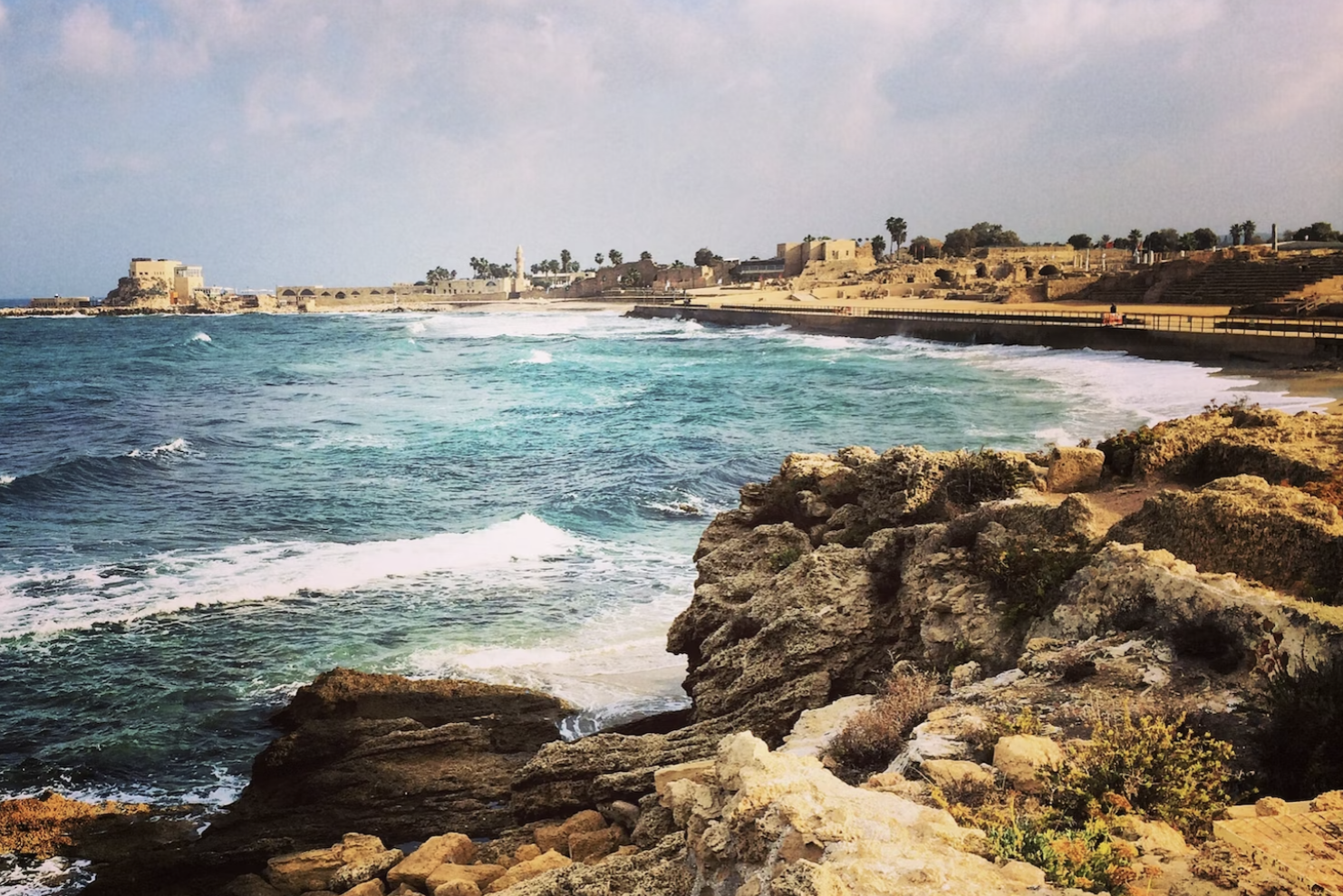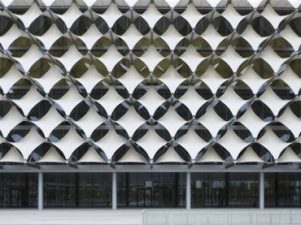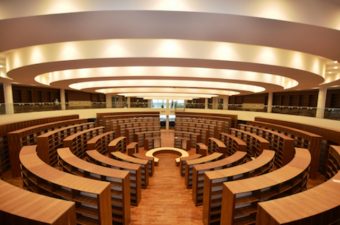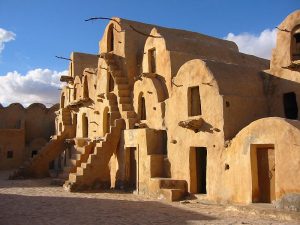There is a breakwall at the ancient port of Caesarea in Israel that’s been standing against waves for 2000 years. Meanwhile the break-walls in Jaffa down the coast are being fortified once again after a couple of decades. Ancient concrete used by the Romans to build aqueducts and Rome itself, it turns out, was made to be self-healing concrete, and it can repair itself over time, surmise researchers from MIT. And this is important when you consider the built mass of concrete and our planet.
The new study on ancient concrete shows that while ancients didn’t know exactly why the concrete they used worked chemically, even though it was a recipe they perfected, it may be a recipe for reducing climate change. Current concrete mixtures create unnecessary greenhouses gases in their production, and as a circular material are not able to withstand the test of time.

Caesaria National Park: Built by Herod in honor of Caesar Augustus. Historians claim that Pontius Pilate lived there. Now ruins and located in one of Israel’s National Parks.
The research was led by Admir Masic from MIT and was published in a journal Science Advances and explores the process of hot mixing and how the ancient Romans made plaster to last. MIT is the same wonderful design, engineering and science school to hire Julia Watson who wrote the book every architecture student should own called Lo-Tek Design by Radical Indiginism. The book focuses more on primitive culture but it’s really a wonderful collection of building by nature. The best I have ever read. Plus it’s a glory to behold.
As for the self-healing plaster research: “The Romans employed hot mixing, using quicklime in conjunction with, or instead of, slaked lime, to create an environment where high surface area aggregate-scale lime clasts are retained within the mortar matrix,” writes Masic.

Romans mastered self-healing mortar, which works well in wet environments
“Inspired by these findings, we propose that these macroscopic inclusions might serve as critical sources of reactive calcium for long-term pore and crack-filling or post-pozzolanic reactivity within the cementitious constructs. The subsequent development and testing of modern lime clast–containing cementitious mixtures demonstrate their self-healing potential, thus paving the way for the development of more durable, resilient, and sustainable concrete formulations.”
This is some news we can use. Now architects and design students: start experimenting.




